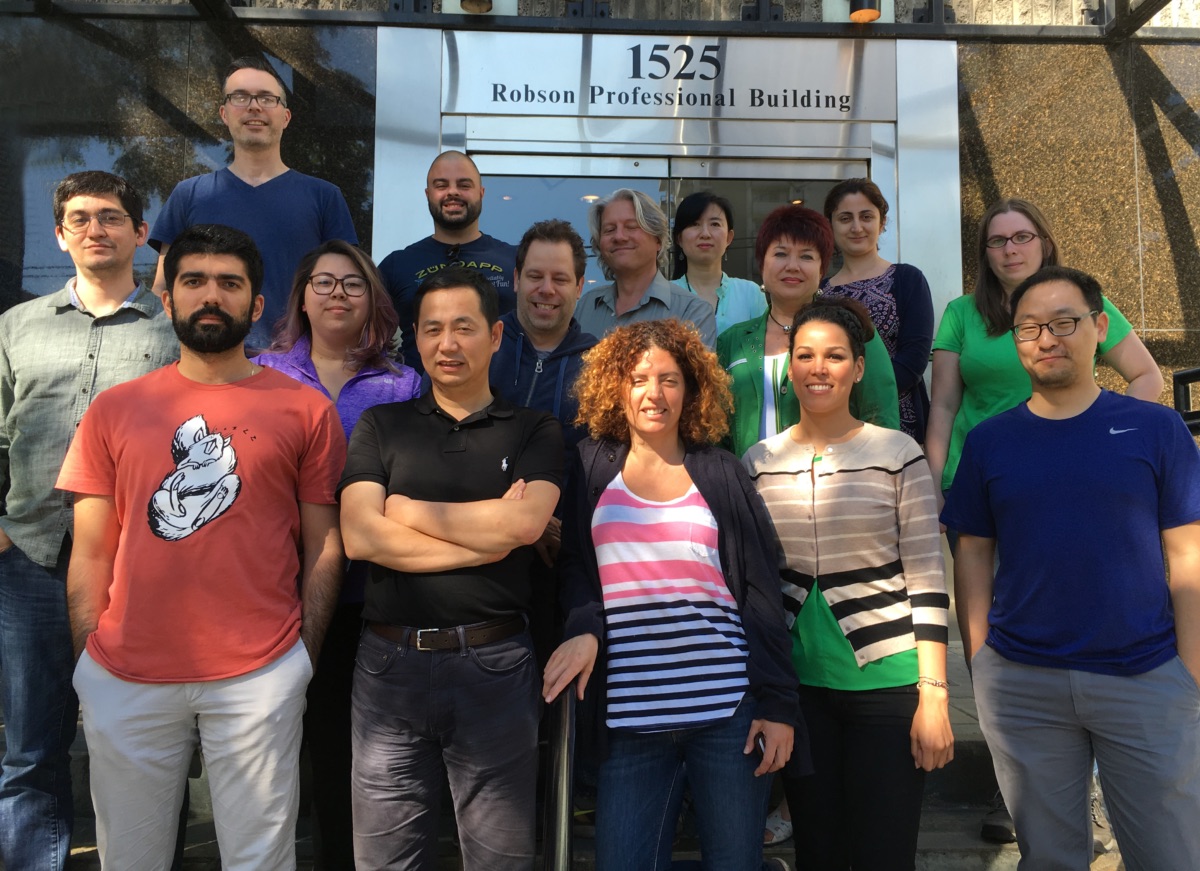I view an acquisition like buying a house.
You can inspect it forever, but until you spend your first night there, you don’t know how it is. The foundation could be there, but a great choice in paint could add so much for the space. In March, when we acquired Orderbot, a 20-person order management system based in Vancouver, we were looking for our “dream home,” a partner that would be comfortable today, energize our work lives and pay dividends into the future.
It was our first acquisition. Here’s how we went about it.
Searching
We wanted to acquire an order management platform. We were looking to solve a business need but knew that the ultimate success of this move would be determined by how well our teams came together.
After determining what success would look like, we spent a year-and-a-half looking for a partner and assessing how our teams could work together. We did a ton of due diligence and gathered a lot of information. Still, when we made the move to Orderbot, there were things we didn’t know. If you’re going to acquire a company, you have to accept that risk and unknowns are involved.
Buying
At WebLinc, we trust, respect and like each other. Would we trust, respect and like them?
We wanted a group who could add to our culture and who shared our beliefs and behaviors. Even so, we weren’t looking for carbon copies of ourselves. We wanted to create a blend of cultures. If we dismissed the values of Orderbot, it would not only strip their strong and unique identity, but also alter who they are on every level, which would be crippling.
We wanted to learn from them. Orderbot brings in-depth expertise, and we wanted to be sure we got the most out of that. And having been through early stage growth ourselves, we could help guide their team as the combined companies mature.
And, obviously, the deal had to work financially for everyone involved, but that’s a story for another day.
Moving In
There are some aspects of integrating a new team that, frankly, aren’t all that exciting — for instance, having to sort out two different tax codes. Orderbot is based in Vancouver, so now we have teams in two different countries.
I took a detailed look at all the things that would need to happen and fit them into buckets that represented major functional areas: HR, product delivery, research and development, operations, sales, etc. We created a mixed steering committee with folks from both sides. Under this team, we established small, focused integration teams to define their own objectives and to work with the steering committee to ensure timelines were met. We allowed them to work autonomously to get their work done.
It’s tempting to think of this process as “building bridges” but that’s not good enough. We think of it as connecting synapses. We want to get to a place where our interactions are innate.
Here were my key takeaways.
- Take time to invest in due diligence, but be comfortable that no matter how much you do, there will be risk. There are always unknowns.
- Always ask your customers if what you’re acquiring is something that provides value to them.
- Culture is more important than product. You can always tweak a product, but redefining culture is a far larger effort.
There’s plenty of work to be done, but we believe we’re on our way.







